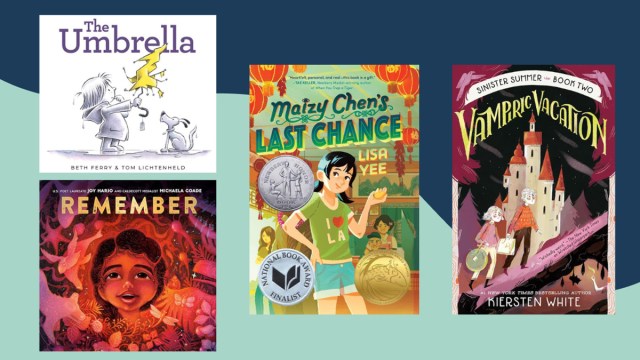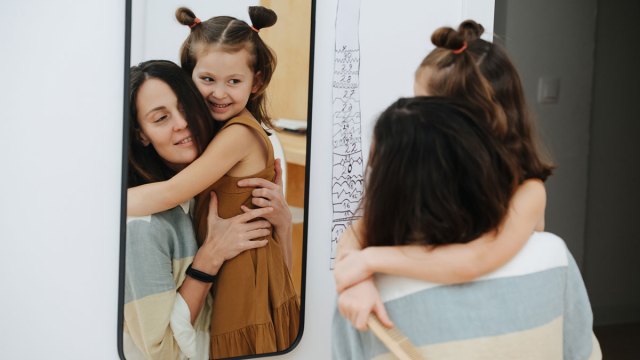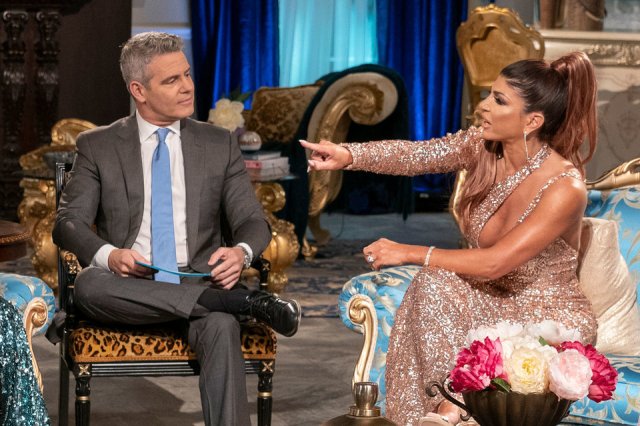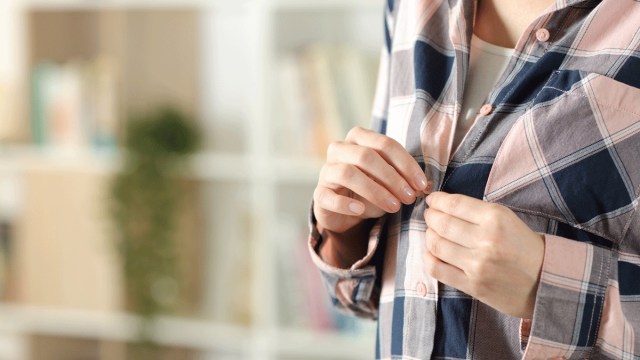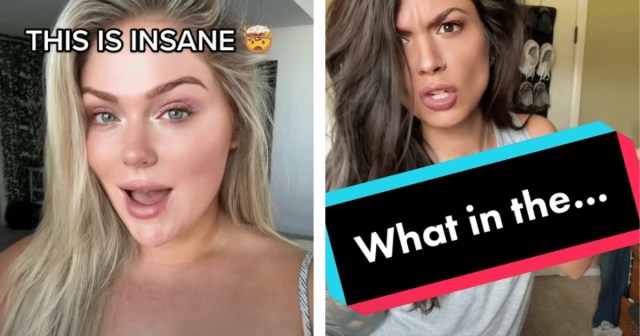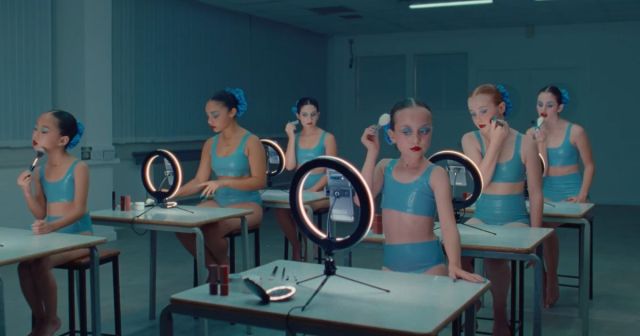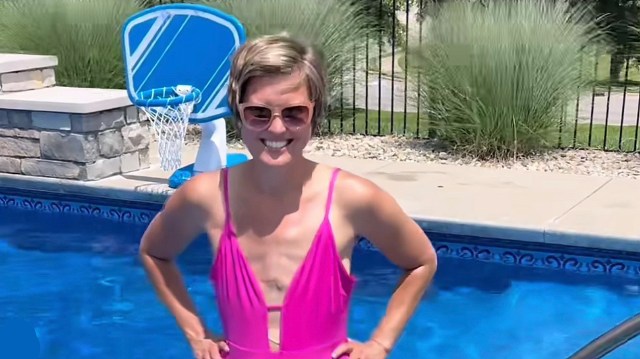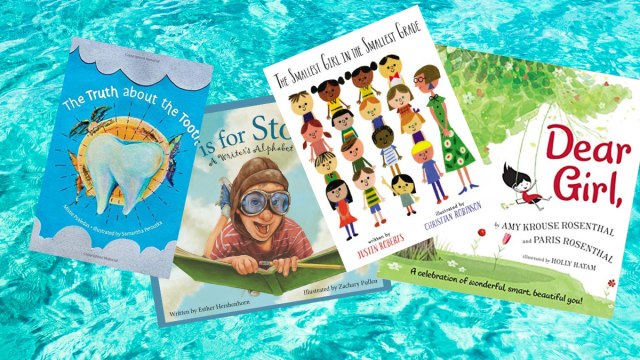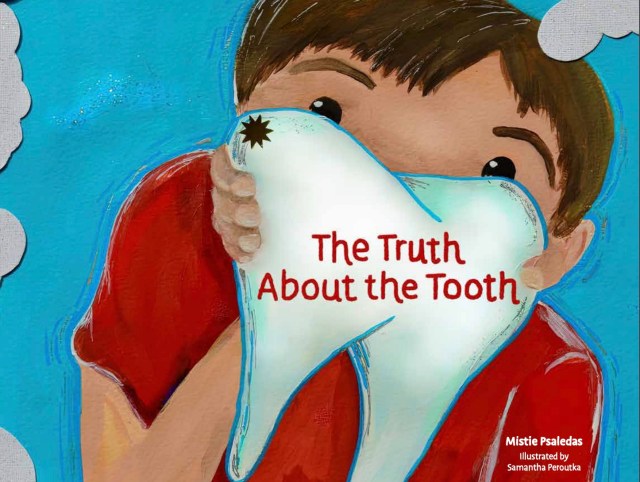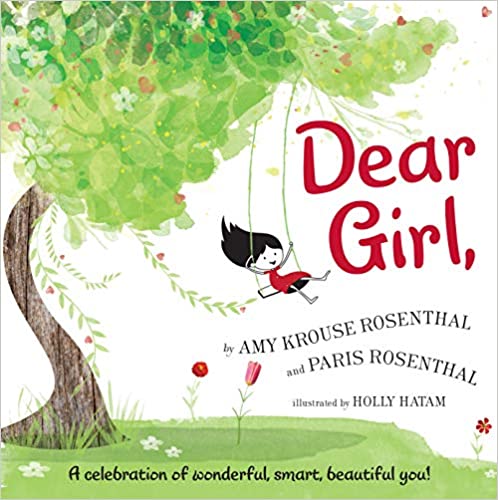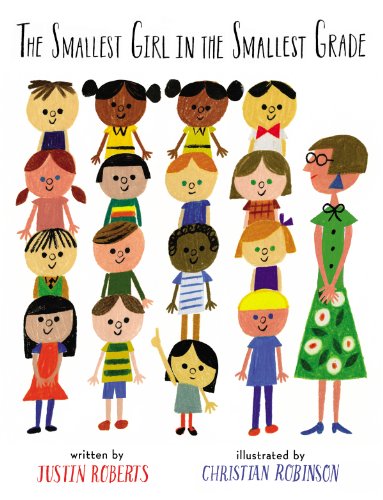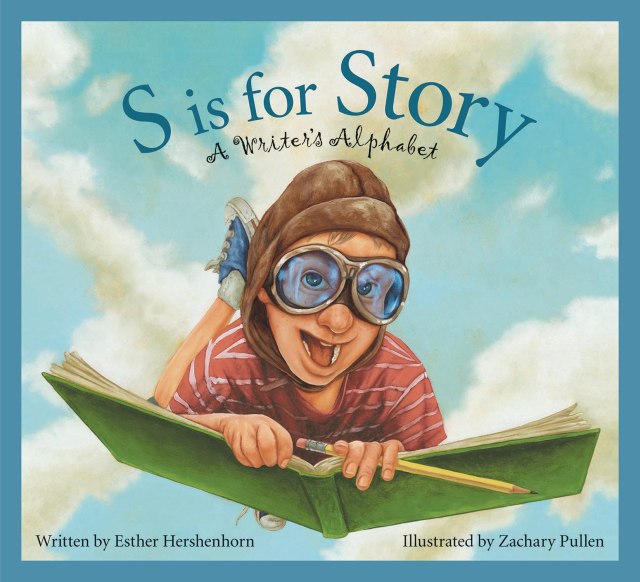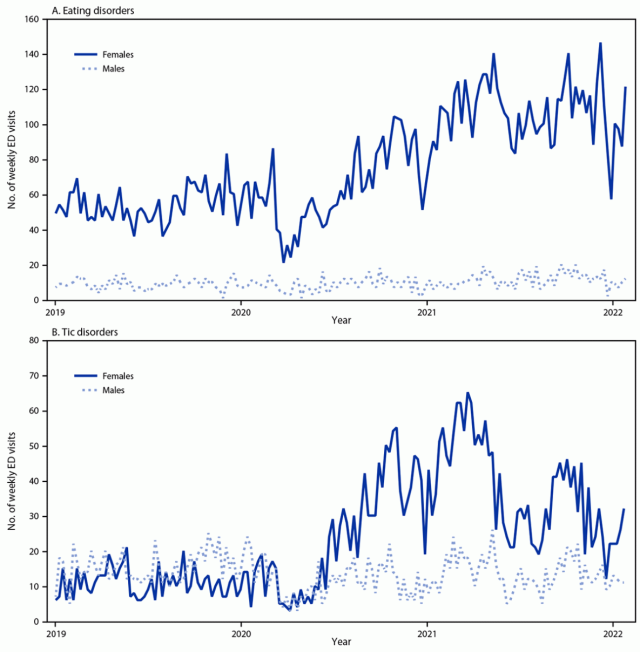This year brings us adventures near and far and a celebration of history and culture like never before
This year has no shortage of outstanding children’s books, from new board books to picture books to chapter books they won’t be able to put down. We’ve started our list of the best children’s books of 2023 with a bang. This year we’re heading to Last Chance, Minnesota with Maizy Chen, taking a bath with chickens and hippos, and dancing in the rain under a bright yellow umbrella.
Board Books
Bee: A Peek-Through Board Book by Britta Teckentrup
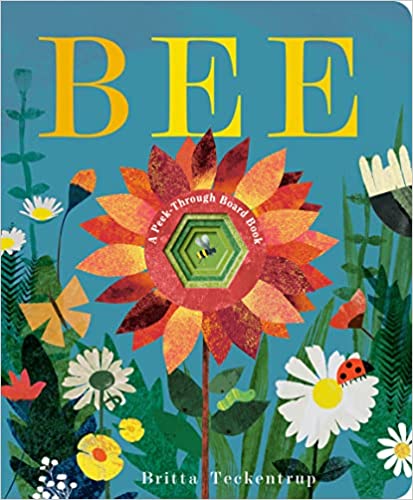
Buzz through the seasons with the busy bee in this charmingly illustrated, interactive board book. The die-cut pages hold plenty of surprises for those little minds to discover. Plus, it teaches kids about the importance of bees.
Ages: 0 to 2
Buy it here, $10
Hello, World! Let’s Go Camping by Jill McDonald
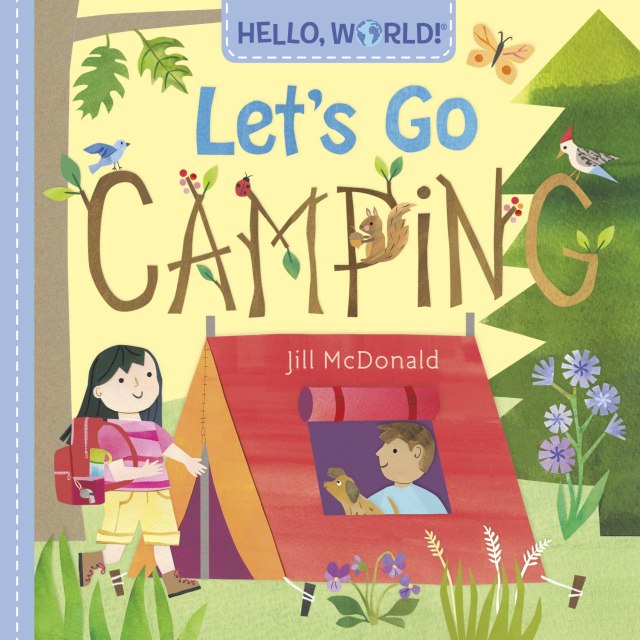
Just in time for summer fun, tote this little board book along on your next camping trip and learn about the great outdoors and all the stars through shapes, sizes, simple facts, and colors.
Ages: 0 to 2
Buy it here, $9
Belly Button Book by Sandra Boynton

With classics like Hippos Go Berserk (which recently celebrated its 45th anniversary) and The Going to Bed Book, Sandra Boynton has entertained generations of tiny ones with her rhyming joyful books. Her latest board book is a die-cut interactive book in her style, a celebration of the humble belly button.
Ages: 0-2
Buy it here, $8
How Do You Take a Bath? by Kate McMullan, illustrated by Sydney Hanson
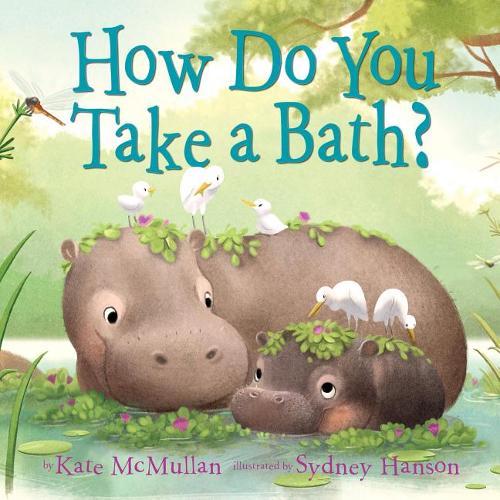
Kate McMullan, the author behind I Stink and I’m Dirty, which inspired The Stinky and Dirty Show, is back with a board book themed around a relatable topic to babies and toddlers: bath time. Featuring animals like elephants, pigs, monkeys, and hippos, their bath time rituals don’t always involve what we think of as clean (chickens bathe in the dirt??).
Ages: 0-2
Buy it here, $8
The Sleepy Bunny: A Springtime Story About Being Yourself from DK Books, illustrated by Clare Wilson
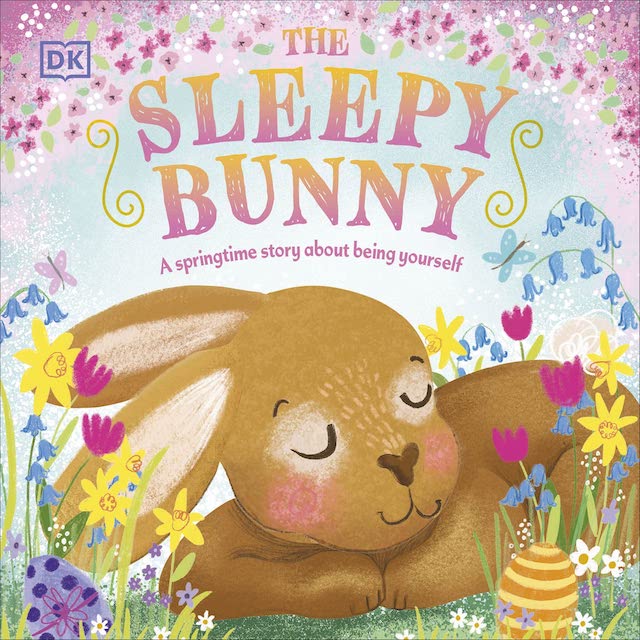
Read the story of one sleepy little bunny with nocturnal tendencies, the book promotes social and emotional learning (SEL) themes by teaching children compassion toward others while maintaining a positive sense of self.
Ages: 0-5
Buy it now, $7
Kind Crocodile by Leo Timmers
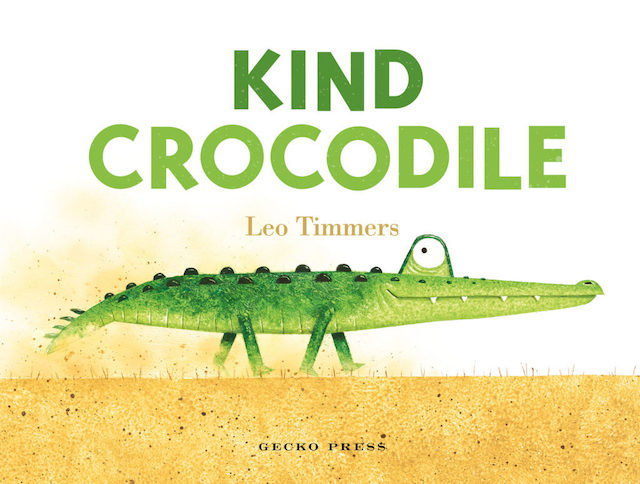
One incredibly kind crocodile leaves his pond and explores the world, spreading kindness and protection to other creatures. A darling board book from New York Times Illustrated Book Award-winning author Leo Timmers.
Ages: 0 to 4
Buy it now, $17
Related: 28 Banned Books That Every Kid Needs to Read
Best Children’s Books of 2023: Picture Books
There's a Yeti in My Tummy
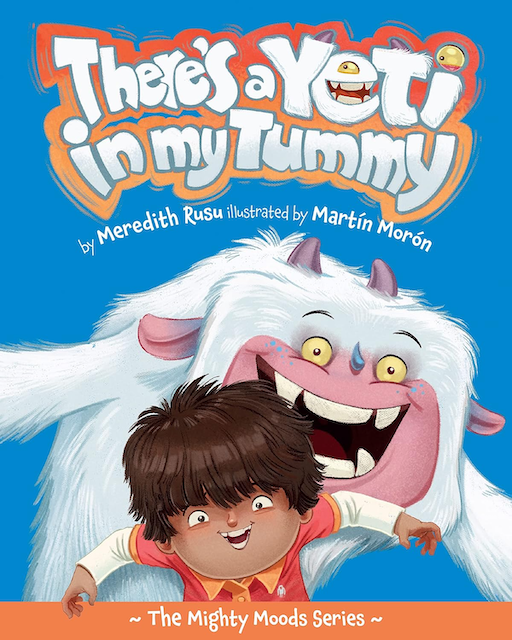
This adorable picture book is about a boy named Matthew who has Yeti-sized silly feelings and sometimes has a hard time keeping them inside. With a fun rhyming cadence and wonderful illustrations, kids will enjoy reading this book that shows that feelings are a good thing and that there are lots of positive ways to channel them.
Ages: 4-6
Get it here, $20
Mother of Sharks by Melissa Cristina Márquez, Illustrated by Devin Elle Kurtz
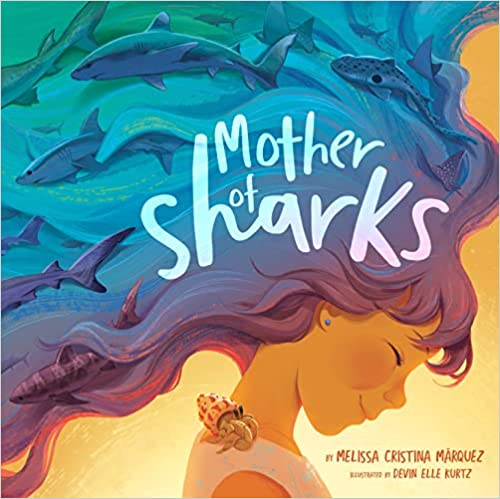
World-renowned shark scientist Melissa Márquez teamed up with award-winning illustrator Devil Elle Kurtz to bring kids an epic picture book full of science and real-life adventure. Detailing the story of how Márquez grew from an ocean-loving kid in Puerto Rico to one of the most famous scientists today, the book is full of educational facts about sharks and seeks to dispel the misinformation about sharks. A gorgeous, intelligent book every kid should read!
Ages: 5 to 8
Get it here, $18
My Dad Is a Tree by John Agee
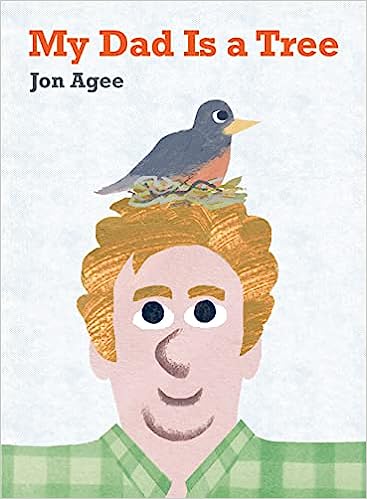
Pick this one up for the father figure in your child’s life. Read it and act it out along with your kids as you imagine your body is a trunk and your arms branches. Find a nest in your hair and a squirrel on your shoulder. A beautiful story that celebrates the awe children have for adults and how important it is to just be silly sometimes!
Ages: 4 to 8
Get it here, $16
Can We Please Give the Police Department to the Grandmothers? By Junauda Petrus, illustrated by Kristen Uroda
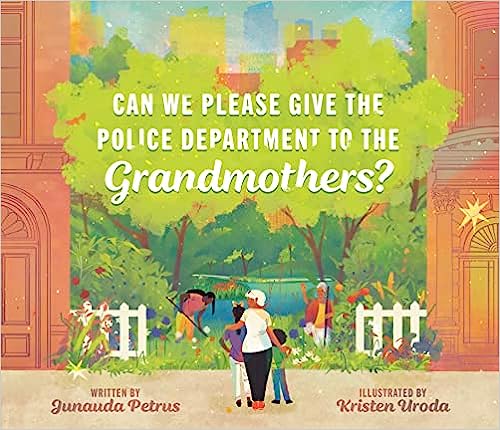
Based on the viral poem written by Coretta Scott King honoree Junauda Petrus after the shooting of Michael Brown in Ferguson, MO in 2014, the poem—and the book—ask the question: what if grandmothers were the ones in charge of public safety? It’s radical, it’s full of joy, so is it really that out of the question?
Ages: 4 to 8
Get it here, $13
The ABCs of Asian American History by Renee Macalino Rutledge, illustrated by Lauren Akazawa Mendez
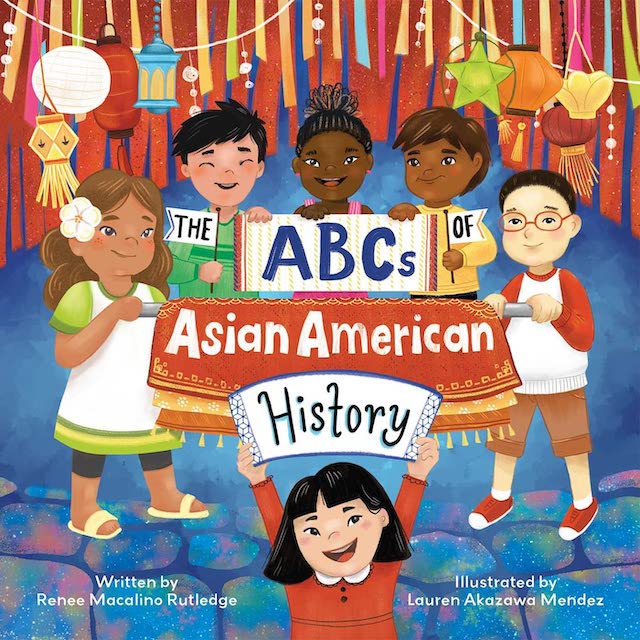
Use the alphabet to learn about famous people, holidays, traditions, cuisine, and other facts from nineteen Asian American groups. A beautiful addition to any picture book collection, which will improve vocabulary while celebrating the diversity, resilience, and beauty of Asian American culture.
Ages: 5 to 8
Buy it here, $13
The Knowing by Ani DiFranco, illustrated by Julia Mathew
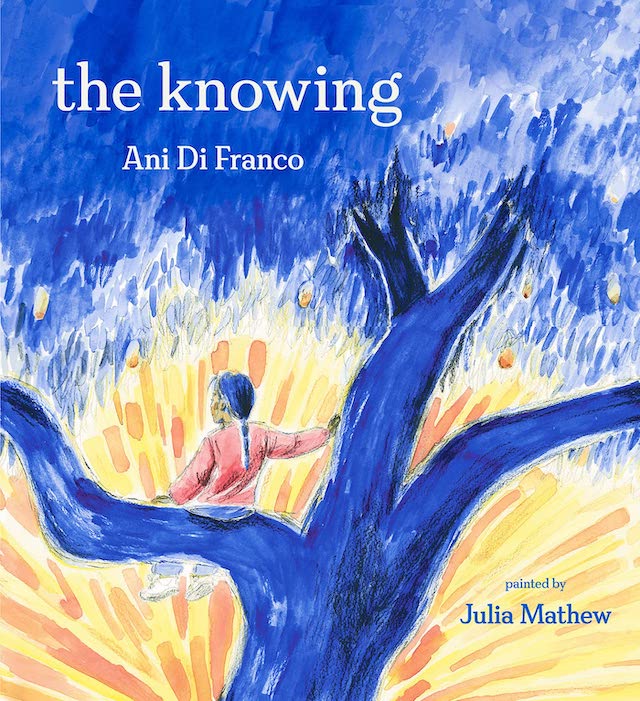
If you aren’t already a fan of feminist icon and Grammy-winning singer-songwriter Ani DiFranco, you will be after you read this new book with your children. Using succinct prose and gorgeous illustrations, children are encouraged to celebrate all of their own unique identities along with those of others.
Ages: 3 to 5
Buy it now, $11
The Glow Show by Suzi Schafer
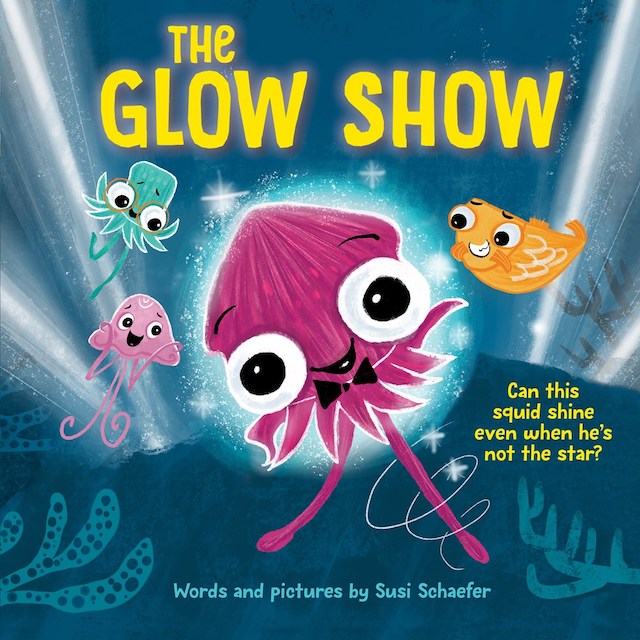
Squid shines and he knows it, and he loves to be the center of attention. So much so, that he ignores the helpful suggestions of his friends to learn new things. But when he ends up in a colorful place where he isn’t the brightest creature around, Squid learns how to share the spotlight.
Ages: 4 to 8
Buy it here, $10
Peaceful Me by Sandra V. Feder, illustrated by Rahele Jomepour Bell
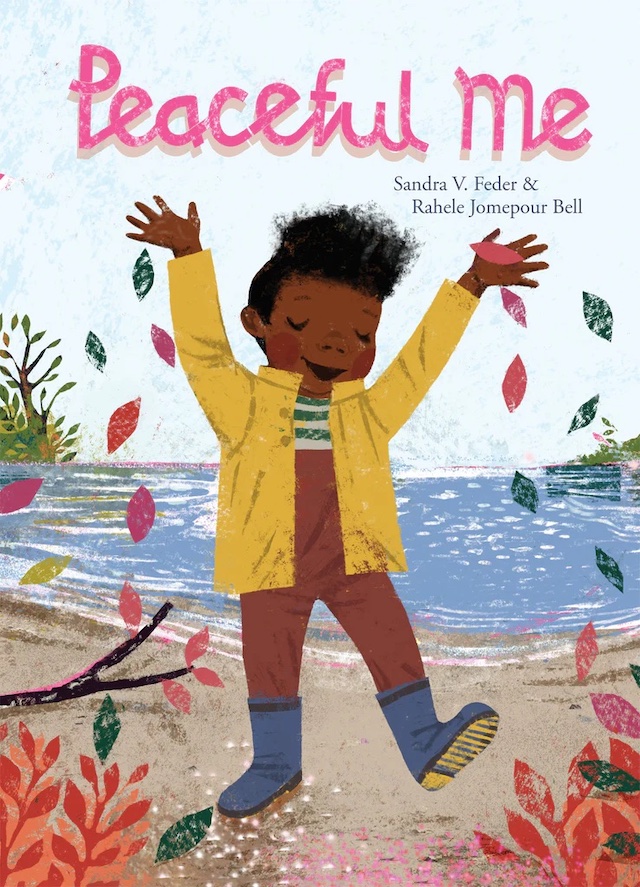
The duo behind Angry Me is back with another book aimed at helping children deal with big emotions. In this book, the main character explains times when he feels the most peaceful, offering kids and parents a gateway to talk about times that make them feel good, calm, and centered. (Pub date: May 2).
Ages: 3 to 6
Buy it here, $17
The Umbrella by Beth Ferry and Tom Lichtenheld
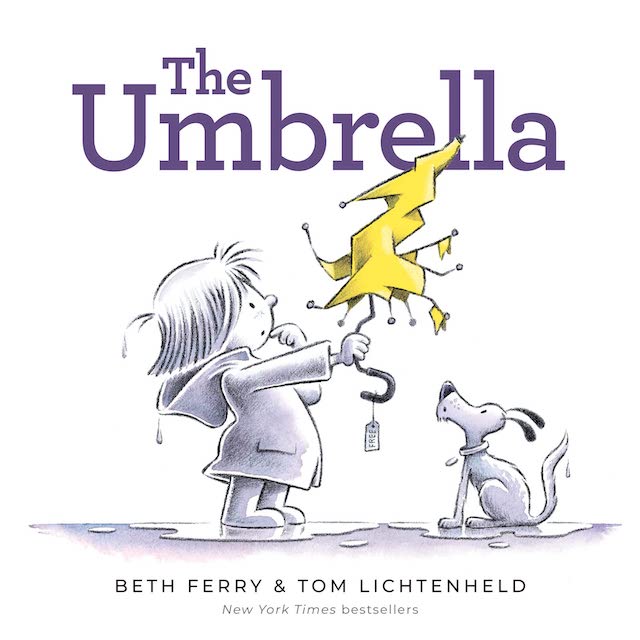
The muted tones of a dreary, rain-soaked day are pierced with the bright yellow of a tattered umbrella. An uplifting story, something tattered can be renewed as the shreds of this umbrella turn into a garden of cheerful yellow umbrellas, ready to be harvested so children can continue to play, even in the rain. The umbrella itself is a nod to Lichetenheld’s long-time collaborator, children’s book illustrator Amy Krouse Rosenthal, and the umbrella she used in her Beckoning of Lovely project.
Ages: 4 to 8
Buy it here, $15
The Night Before Freedom by Glenda Armand, illustrated by Corey Barksdale
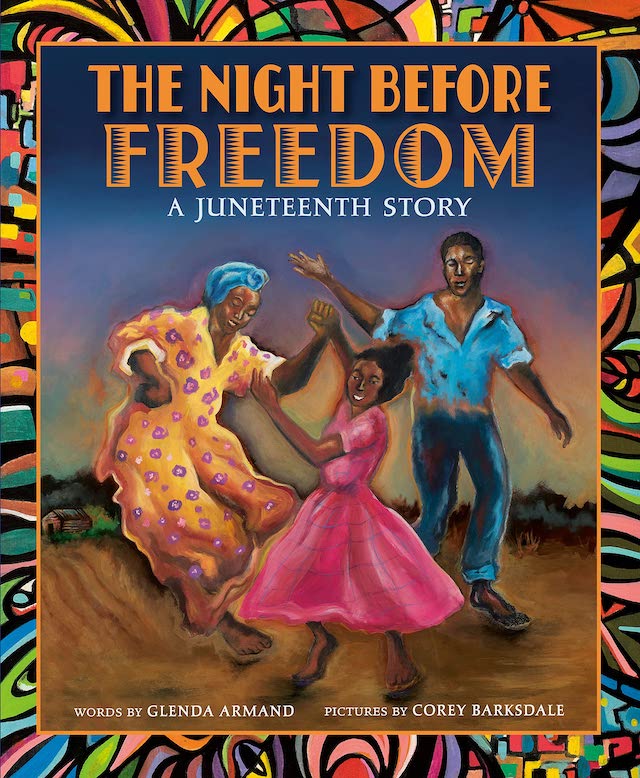
A little eight-year-old boy gathers with his family in Galveston, Texas to celebrate Juneteenth, including his beloved grandma, and to hear his grandmother’s story of her own grandma’s experience of the first Juneteenth. The title and cadence are a nod to"The Night Before Christmas," leaving young readers with a moving, memorable story.
Ages: 4 to 8
Buy it here, $16
Remember by Joy Harjo, illustrated by Michaela Goade
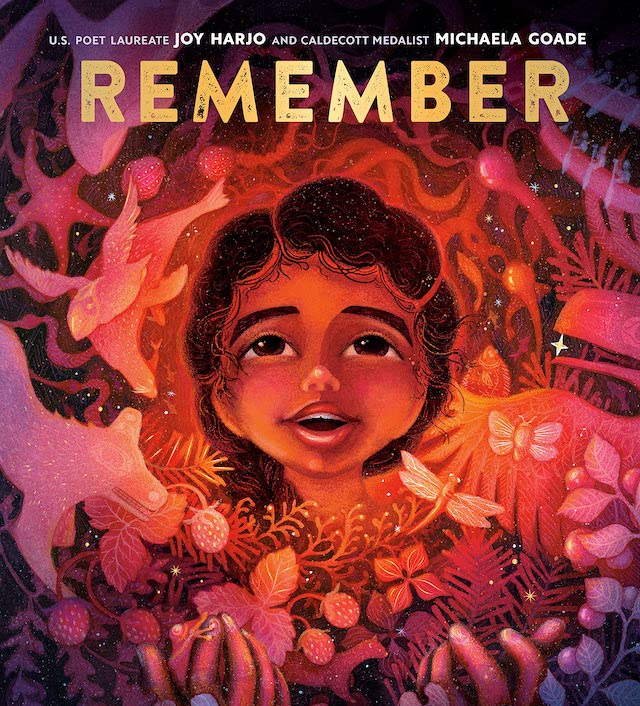
Reconnect with US Poet Laureate Joy Harjo’s renowned poem, “Remember” in this edition paired with illustrations from Caldecott Medalist Michaela Goade. The words, “Remember the sky you were born under,” will take on new meaning as you read it with your child.
Ages: 4 to 8
Buy it now, $16
Related: If Your Kids Love ‘Harry Potter,’ Read These Books Next
Early Chapter Books
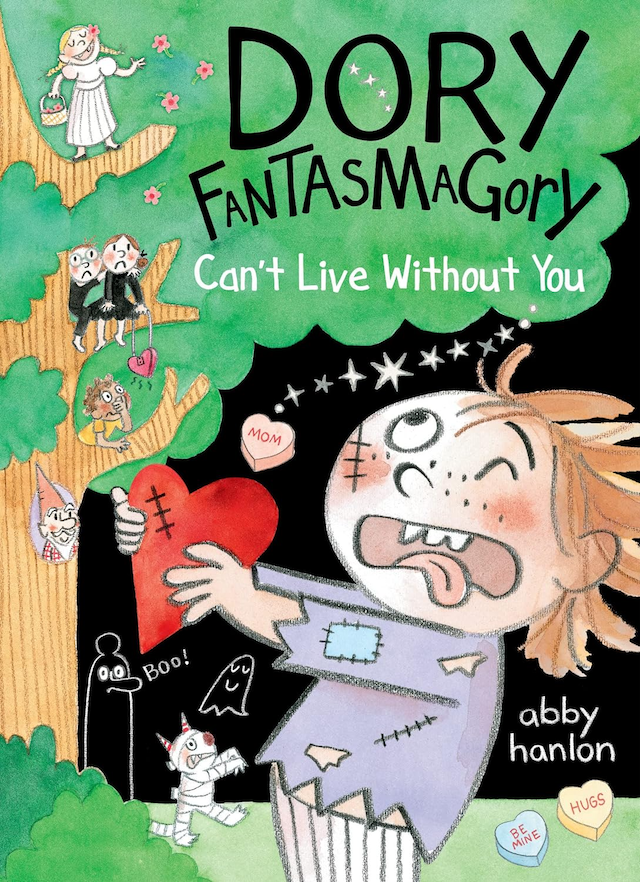
If your kids are fans of the Dory series, then you'll want to continue the fun with book six! In this installment, Dory loses her mother in the hardware store and then starts to worry that her mom might take off forever. The solution? To haunt her entire family so she'll never lose them again. In true Dory fashion, this book is filled with fun and adventures.
Ages: 6-8
Get it here, $15
The Creative Writing Playbook For Kids ONLY! by Megan Wagner Lloyd, illustrated by Madeline Garcia
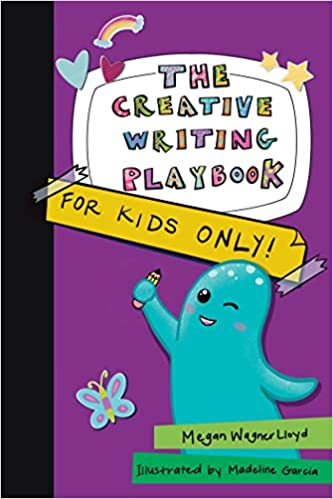
Whether on a road trip or a long plane ride, or looking to keep summer slide at bay, this wonderful interactive journal-creativity book marries ideas, inspiration, and illustrations to offer kids a way to spark creativity and enjoy the art of storytelling. Kids will learn to build character arcs, draw scenes, make their own graphic novels, and more!
Ages 7 to 10
Get it here, $8
Mission: Arctic by Katharina Weiss-Tuider, illustrated by Christian Schneider

Explore the Arctic with this richly detailed picture-book-style chapter book that's full of scientific information about the unique ecosystem of the Arctic and how it is changing before our eyes. Kids will go on a journey to discover the real-life 2019 expedition of the MOSAiC, the largest Arctic expedition to date. Includes photos from the expedition, illustrations, facts, discoveries, and harrowing tales!
Ages: 9 to 14
Get it here, $23
Weird But True Know-It-All: Middle Ages by Michael Burgan
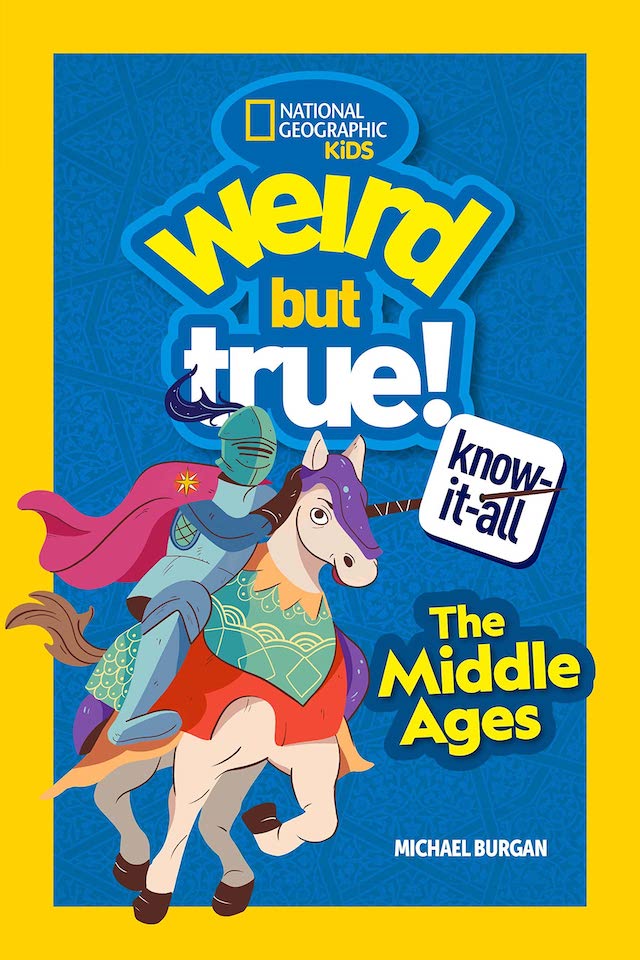
Everything you’ve ever wanted to know about the Middle Ages (and maybe a few things you didn’t!) is packed into this richly illustrated book. Just don’t be surprised when the kids bust out some facts about the plague or pits of fire.
Ages: 8 to 12
Buy it now, $11
She Persisted: Florence Nightingale by Shelli R. Johannes and Chelsea Clinton
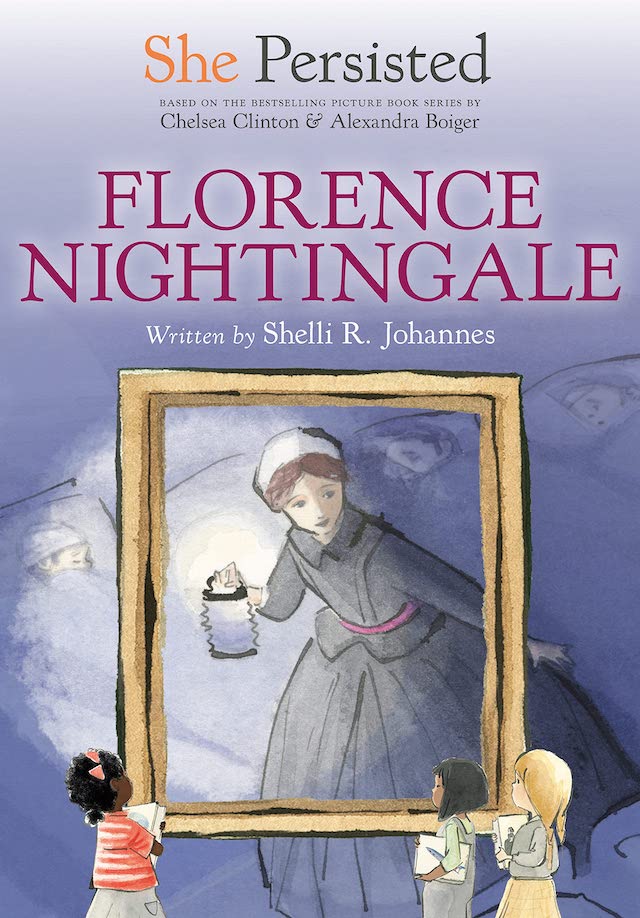
Did you know that Florence Nightingale knew she wanted to be a nurse when she was a teenager? And though her parents tried to convince her it wasn’t suitable for a woman, she persisted and as a result, she saved countless lives. The world would not be the same if it weren’t for her, and this celebration of her resilience and rebel spirit is a joy to read. And yes, it’s that Chelsea Clinton.
Ages: 6 to 9
Buy it here, $6
Middle-Grade Books
Vampiric Vacation by Kiersten White
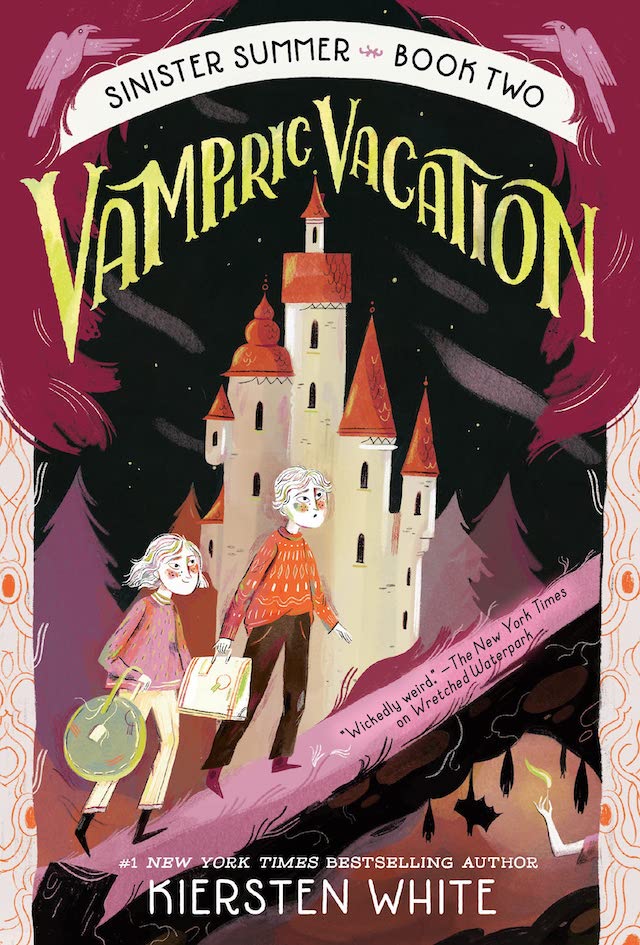
A gothic mystery for middle graders, for kids who like to keep things on the spooky side, the Sinister-Winterbottom twins will be their new heroines. The second book in the Sinister Summer series had siblings Theo and Alexander trying to solve the mystery of the Sanguine Spa. A clever, intelligent book that is equal parts intrigue and fun.
Ages: 8 to 12
Buy it now, $9
Maizy Chen’s Last Chance by Lisa Yee
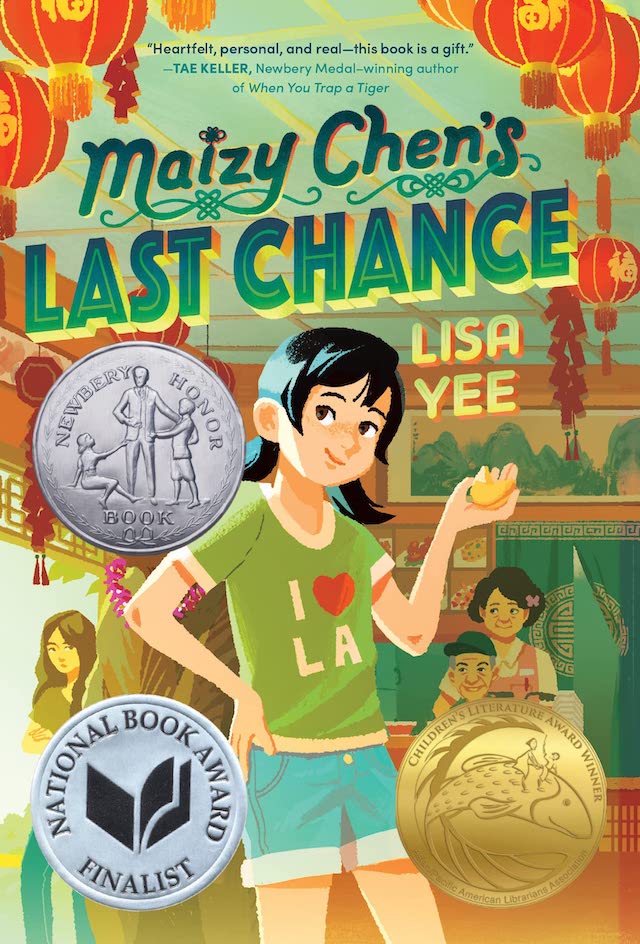
In this National Book Award finalist and Newbury Award-winning book, we meet Maizy Chen and her mom as they head to Last Chance, Minnesota (where she and her family are the only Asian Americans) to visit her sick grandfather. The plan is to stay for just a couple of weeks until he is better, but as the stay extends, Maizy learns more about her family and has plenty more questions for her mom. Though the hardcover came out late last year, April 4 marks the release date of the paperback.
Ages: 8 to 12
Get it here, $9
Lia Park and the Heavenly Heirlooms by Jenna Yoon
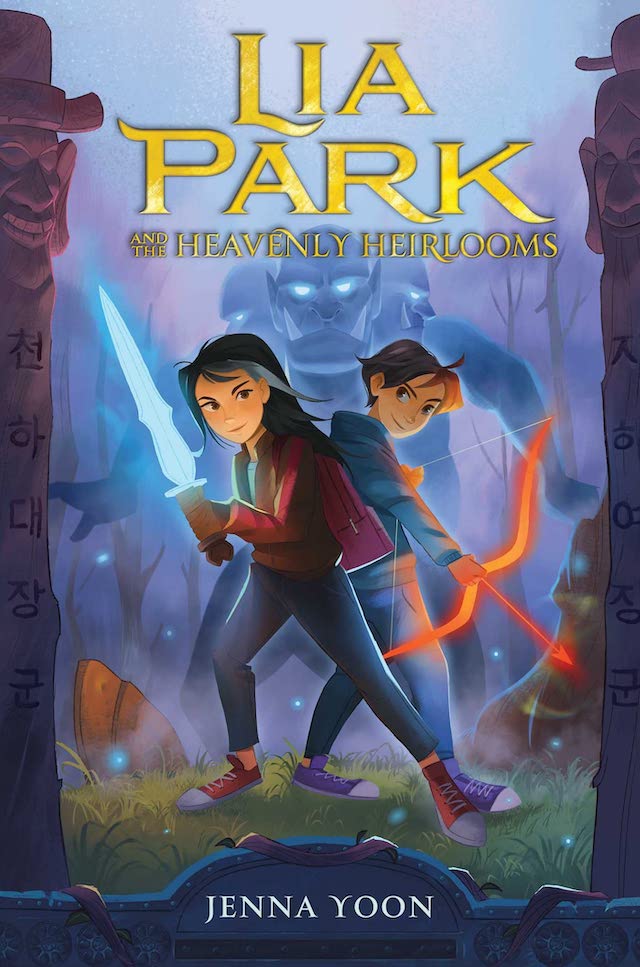
If you love books like Percy Jackson and the Olympians, add the Lia Park books to your cart ASAP. The second book in the series finds 12-year-old Lia and her friend Joon on a mission to keep magical heirlooms safe while thwarting sabotage from an enemy. (Pub date: May 30).
Ages: 8 to 12
Get it here, $13
The Museum of Lost and Found by Leila Sales
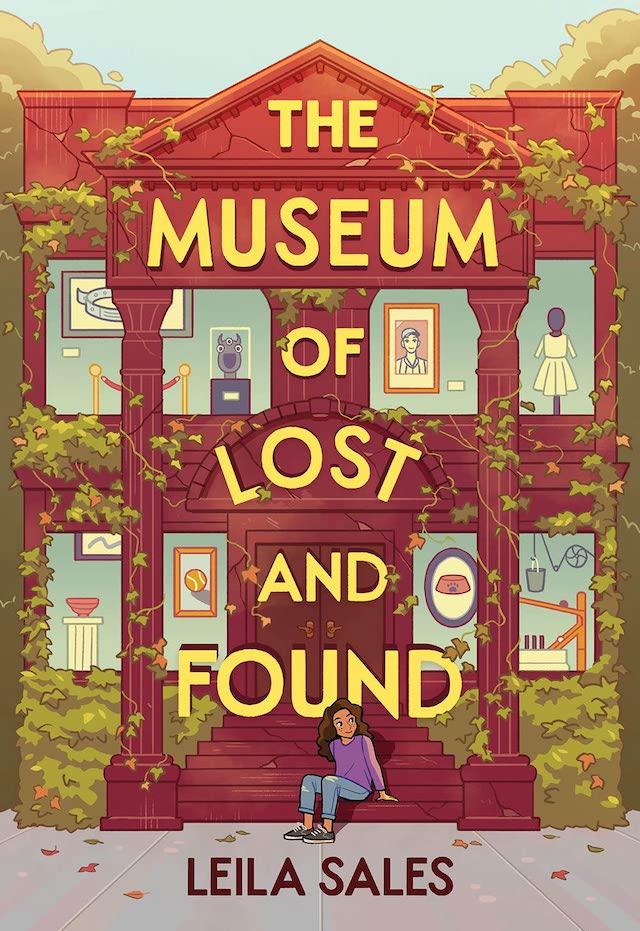
An abandoned museum makes the perfect backdrop for a middle-grade novel that tackles the anxiety of being separated from a best friend and how we grow up in the process. Young Vanessa’s bestie Bailey has left, and when Vanessa stumbles on an empty museum, she begins to fill it with objects, mementos, and her own memories. (Pub date: May 16).
Ages: 8 to 12
Get it here, $18
This Is Our Rainbow: 16 Stories of Her, Him, Them, and Us, Edited by Katherine Locke and Nicole Melleby
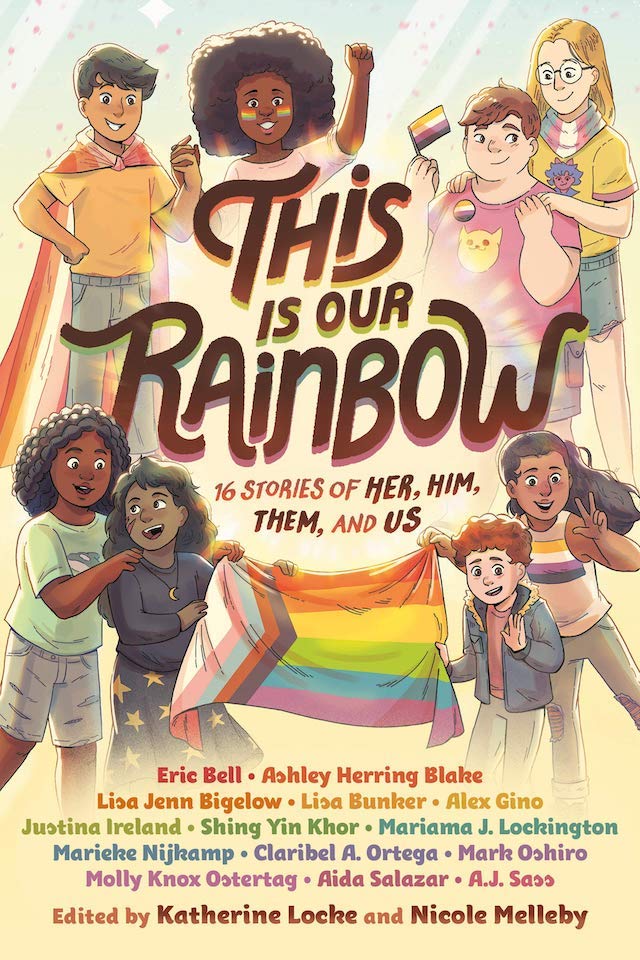
Now in paperback, the first LGBTQIA+ anthology for middle graders includes stories for each letter of the acronym, from fantasy to sci-fi to realistic fiction; authors include Eric Bell, Justina Ireland, Shing Yin Khor, Nicole Melleby, Marieke Nijkamp, and so many more.
Ages: 8 to 12
Get it here, $9
Best New Graphic Novels of 2023
Dog Man: Twenty Thousand Fleas Under the Sea by Dav Pilkey
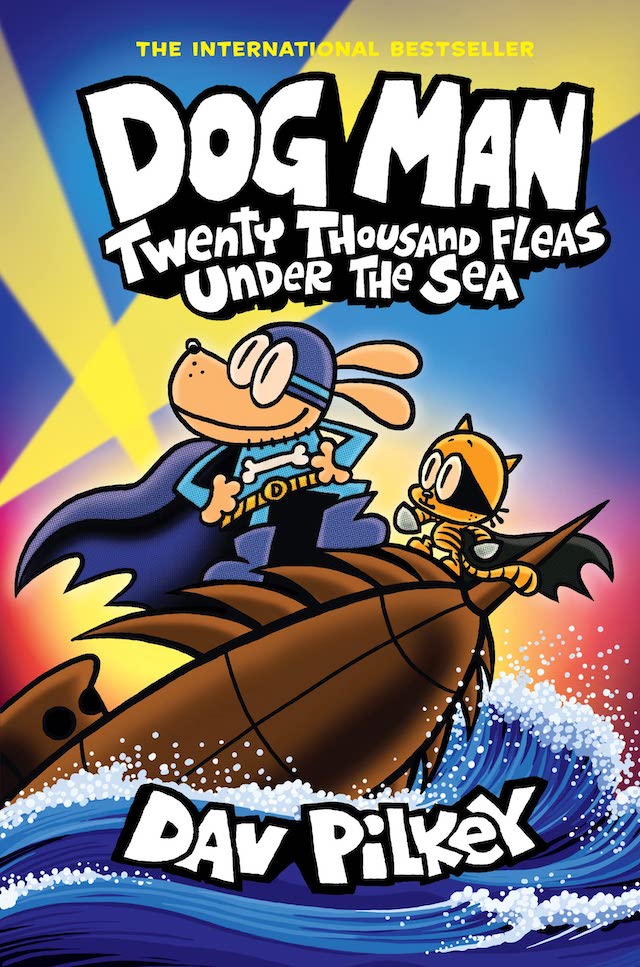
Dogman fans will be thrilled to know that book #11 in the popular series came out to rave reviews in late March. In the latest installment, Piggy is back and he has—surprise—a diabolical plan up his sleeve in this new Dogman for 2023.
Ages: 7 and up
Buy it here, $9.50
A Work In Progress by Jarrett Lerner
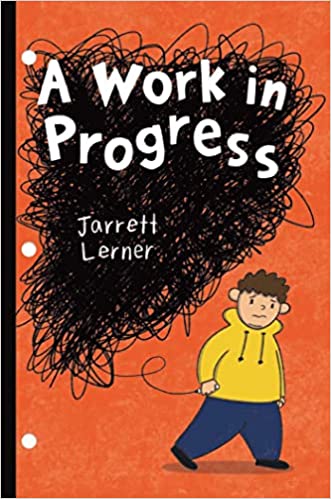
A young boy struggles with his body image in this book written in a long poem form that appears in Will’s journal. Along with illustrations, this book is the raw and painful truth of body dysmorphia, fatphobia, and bullying, but also with a message of hope and self-appreciation. It’s a startlingly honest read, told in a way that kids can relate to. Whether they experience these feelings on the daily or they need to develop empathy, this book is the perfect read before entering middle school!
Ages: 8 to 12
Get it here, $12.50
Barb and the Battle for Bailiwick (Barb the Last Berzerker 3) by Dan Abdo and Jason Patterson
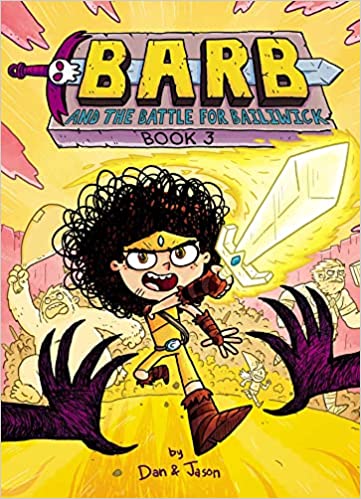
Barb the Berzerker is back in the third graphic novel in the series written by the dynamic Dan & Jason duo. This time we find Barb being held prisoner by Witch Head only to be rescued by Raven, Barb’s Berzerker mom. But Witch Head will stop at nothing to take down the mother-daughter duo. A hilarious read, get the other two books and read them before this one is released on August 22.
Ages: 8 to 12
Get it here, $14
Related: 16 Graphic Novels Your Tweens & Teens Will Love
If you buy something from the links in this article, we may earn affiliate commission or compensation.
Prices and availability reflect the time of publication
